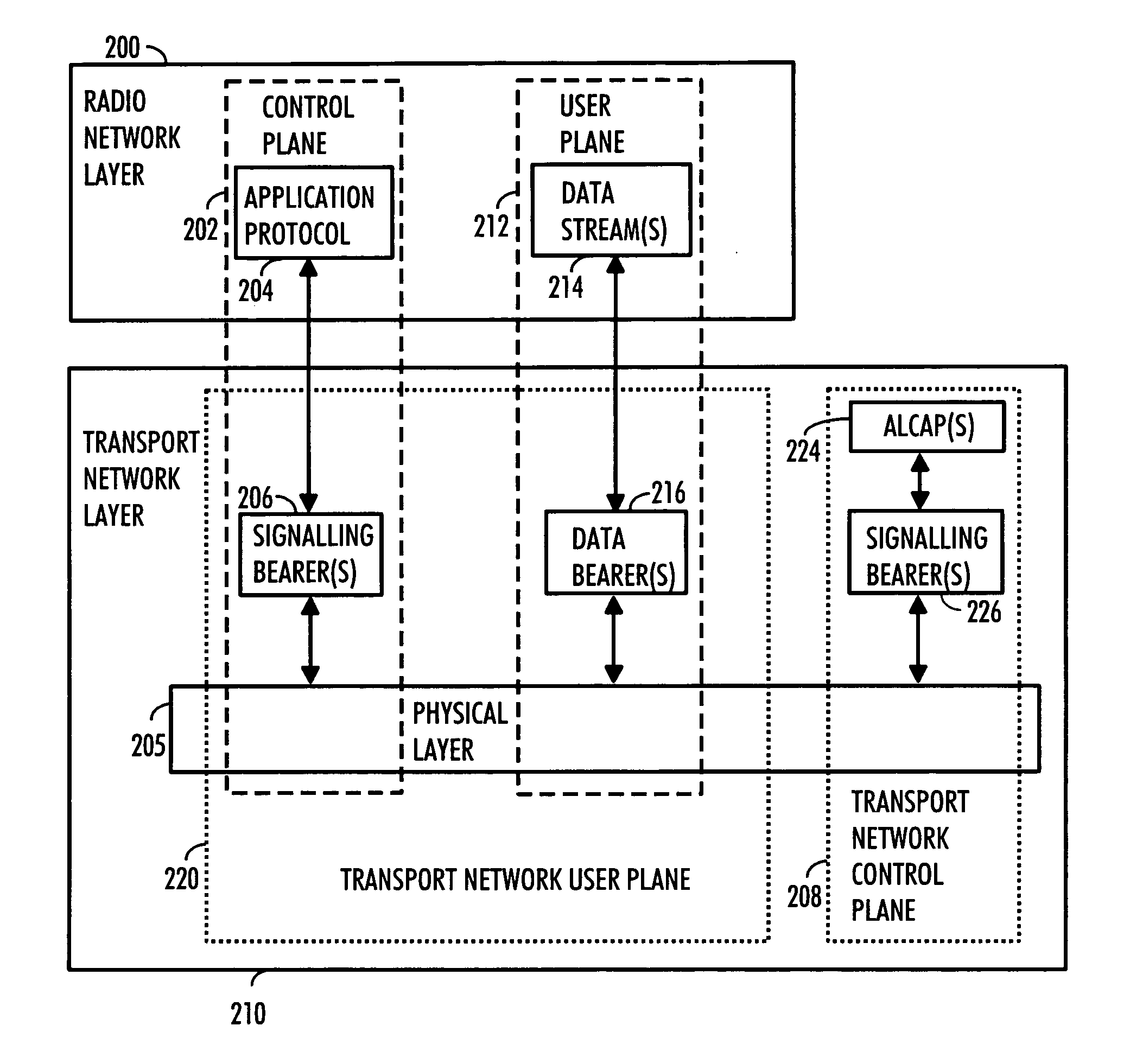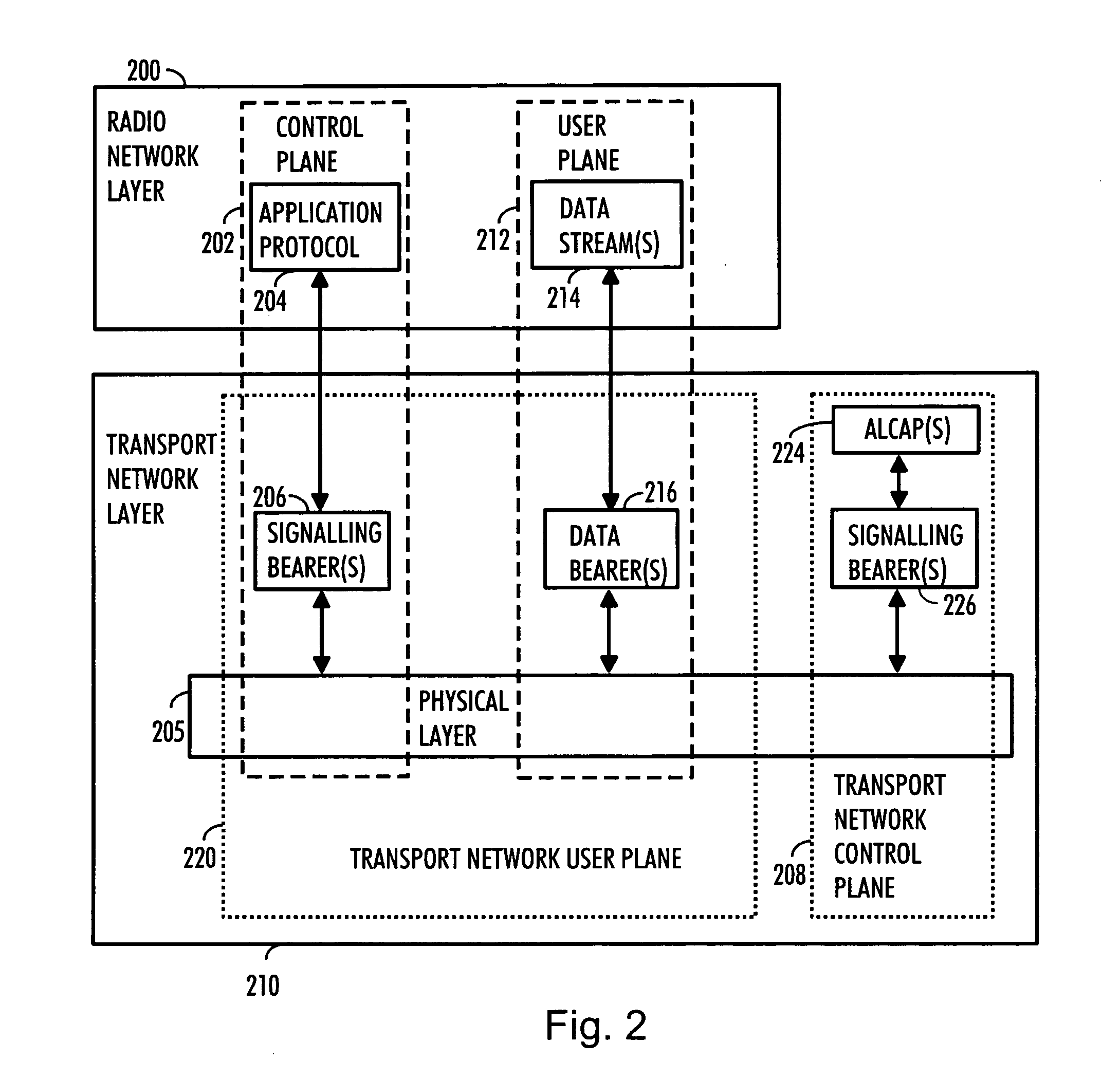Method for optimizing resources in radio system, and radio system
a radio system and resource optimization technology, applied in the field of radio system and resource optimization in the radio system, can solve the problems of new demands for optimizing network resources, congestion, and overloaded parts of the communication network, and achieve the effects of reducing service quality, reducing the quality of other traffic, and improving adaptability
- Summary
- Abstract
- Description
- Claims
- Application Information
AI Technical Summary
Benefits of technology
Problems solved by technology
Method used
Image
Examples
Embodiment Construction
[0027] Referring to FIG. 1, a radio system is described as an example of a system to which embodiments of the invention can be applied. In FIG. 1, the embodiments are described in a simplified radio system, which comprises the main parts of a radio system: a core network (CN) 100, a radio access network 120, 130, 160, and user equipment (UE) 170.
[0028]FIG. 1 shows the general architecture of an evolutionary 3G radio system using different technologies and interoperation of different generations of radio access networks, where network elements from the second, 2.5 and third generations coexist. In the description, the radio system of the second generation is represented by the GSM (Global System for Mobile Communications), the 2.5 generation radio system being represented by a radio system which is based on the GSM, uses the EDGE technique (Enhanced Data Rates for Global Evolution) for increasing the data transmission rate, and can also be used for implementing packet transmission i...
PUM
 Login to View More
Login to View More Abstract
Description
Claims
Application Information
 Login to View More
Login to View More - R&D
- Intellectual Property
- Life Sciences
- Materials
- Tech Scout
- Unparalleled Data Quality
- Higher Quality Content
- 60% Fewer Hallucinations
Browse by: Latest US Patents, China's latest patents, Technical Efficacy Thesaurus, Application Domain, Technology Topic, Popular Technical Reports.
© 2025 PatSnap. All rights reserved.Legal|Privacy policy|Modern Slavery Act Transparency Statement|Sitemap|About US| Contact US: help@patsnap.com



